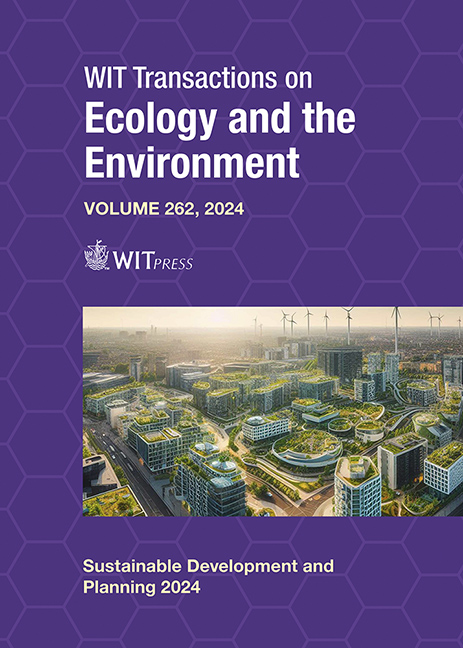CO-DESIGNING INTERVENTIONS TO CREATE AWARENESS AND RESHAPE THE FUTURE IN A MEXICAN SEMIARID AGRICULTURAL COMMUNITY
Price
Free (open access)
Transaction
Volume
262
Pages
9
Page Range
441 - 449
Published
2024
Paper DOI
10.2495/SDP240371
Copyright
Author(s)
EMANUELE GIORGI, TIZIANO CATTANEO, LINA CARREÑO, ALFREDO MAURICIO FLORES HERRERA, EMILIANO CHAVEZ
Abstract
The agricultural territory of Nuevas Delicias (Chihuahua, Mexico −29.071248, −106.251566), belonging to the Rio Bravo basin, is experiencing an important water crisis due to the worsening of the extreme climate in this semi-arid region as well as the unsustainable exploitation of the aquifer. While the older generations see this climate challenge as a last condition for agriculture and livestock farming in the region, the new generations seem interested in discovering new ways of experiencing the territory and making it productive, without bowing to the destiny of migration towards the metropolitan area of Chihuahua. Starting from this problematic but hopeful background, the ‘Design for Vulnerables – Technology Challenge’ research group promoted a series of participatory design activities with the community of Nuevas Delicias, for the generation of new practices of agriculture and livestock farming. The co-design process was carried out with five main actors (elementary, middle and high schools, ‘grandparents club’ and the local Agricultural and Livestock Union) and has been structured in six sequential phases: (1) semi-structured interviews; (2) walk around the community; (3) mapping; (4) definition of indicators and vulnerabilities; (5) development of shared strategy; and (6) definition of tech-based project. This paper aims to describe these six phases and their result: an ‘agricultural hub’, which is being implemented with interventions related to composting, urban vegetable gardens, vegetable gardens in smart greenhouses, rainwater collection, generation of electricity via solar panels, measurement of the quality of water, soil and climate, and drones for the control of cattle waterers. Beyond presenting methodology and results, this paper aims to highlight how the co-design process contributes (1) to creating awareness about existing vulnerabilities and possible solutions; and (2) to imagine a new future, where local and global threats are contained by new ways of living the territory.
Keywords
vulnerabilities, semi-arid region, water crisis, agriculture, participatory design, co-design process, technology adaptation, digital divide, urban gardens, architecture





